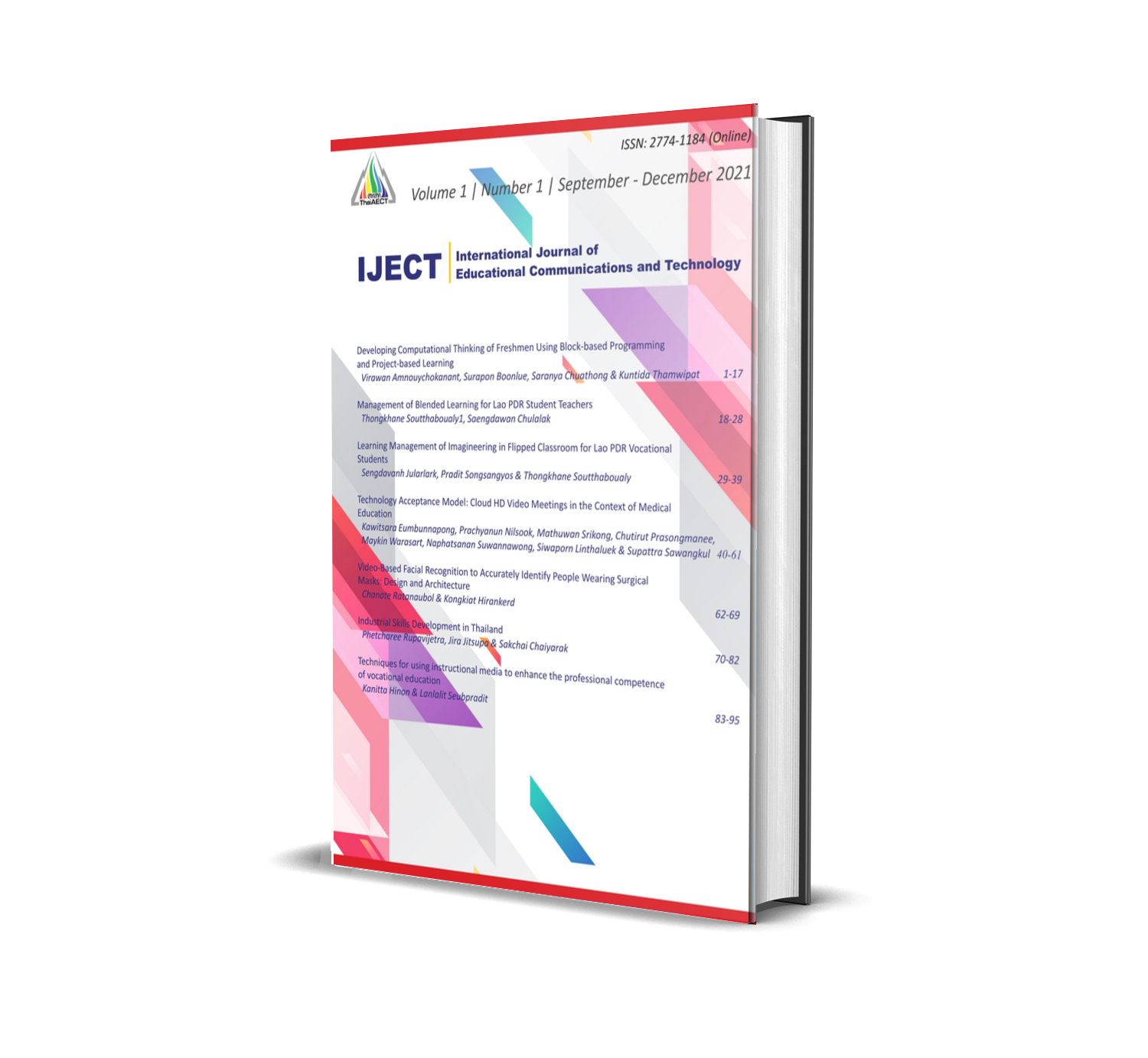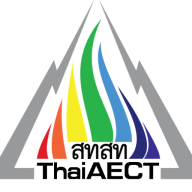Comparison of MOOC Platforms in India
Keywords:
MOOC, SWAYAM, NPTEL, Higher Education, IITBombayXAbstract
Massive open online courses (MOOCs) are the most current and significant innovation in higher education. MOOCs (massive open online courses) are increasingly popular, with huge enrolment numbers. The MOOC projects launched by India include NPTEL, ePG Pathshala, NROER, IITBombayX, and SWAYAM. There are several online platforms that provide access to online courses in order to encourage continuous education. The present study examines the potential of Massive Open Online Courses (MOOCs) in the educational environment. It is difficult to adopt MOOCs in India for various reasons. Due to the advent of SWAYAM, some of these problems have already been solved. In this paper, we will describe MOOCs, as well as the institutions and universities that offer them, and provide a basic comparison between the multiple MOOC platforms. This study conducted an observational assessment of four MOOC sites in India and identified important factor for comparison. Each of the twelve identified parameters represents the usefulness of the MOOC platforms. The final result is to determine the most effective MOOC platform in Indian Context.
References
Arya, U. (2017 ). The Rise of MOOCs (Massive Open Online Courses) and Other Similar Online Courses Variants –Analysis of Textual Incidences in Cyberspace. Journal of Content, Community & Communication .
Barak, M., Watted, A., & Haick, H. (2016). Motivation to learn in massive open online courses:Examining aspects of language and social engagement. Research Gate.
Baturay, M. H. (2015). An overview of the world of MOOCs. open access, 427– 433.
Chauhan, J., & Goel, A. (2017). An Overview of MOOC in India. International Journal of Computer Trends and Technology (IJCTT).
Conache, M., Dima, R., & Mutu, A. (2016). A Comparative Analysis of MOOC (Massive Open Online Course) Platforms. Informatica Economică.
Coutere , B. D. (2014). To MOOC, or not to MOOC. Training Journal.
Das, A. K., Das, A., & Das, S. (2015). Present Status of Massive Open Online Course (MOOC) initiatives for Open Education Systems in India – An Analytical Study. Asian Journal of Multidisciplinary Studies.
Devgun, P. (2013). Prospects for Success of MOOC in Higher Education in India. International Journal of Information and Computation Technology, 641-646.
Glance, D. G., Forsey, M., & Riley, M. (2013). The pedagogical foundations of massive open online courses .
Harju, M., Leppänen, T., & Virtanen, I. (2018). Interaction and Student Dropout in Massive Open Online Courses. Researchgate.
Jaganathan, G. S., & Sugundan, N. (2018). MOOCs: A Comparative analysis between Indian scenario and Global scenario. International Journal of Engineering & Technology.
Junor , S., & Usher, A. (2008). Student Mobility & Credit Transfer.
Littlejohn, A., Hood, N., Milligan, C., & Mustain, P. (2016). Learning in MOOCs: Motivations and self-regulated learning in MOOCs. Research Gate.
Liyanagunawardena, T. A., & Williams, S. (2013). MOOCs: a systematic study of the published literature 2008-2012. The International Review of Research in Open and Distance Learning, 202-227.
NPTEL. (2022). https://nptel.ac.in/. Retrieved 05 30, 2022, from https://nptel.ac.in/aboutus
Pike, G. (2018). The Challenges of Massive Open Online Courses (MOOCs). Reasarch Gate.
Sokolova, S. (2014, December 28). What are the advantages of MOOCs and how can you benefit from them? Linkedin.
Sriram, M. (2015). Comparative Analysis of Massive Open Online Course (MOOC) Platforms. Proceedings of the Fourth International Conference on Global Business, Economics, Finance and Social Sciences (GB15Kolkata Conference).
Trehan, S., Sanzgiri , J., Li, C., Wang, R., & Joshi, R. M. (2017). Critical discussions on the Massive Open Online Course (MOOC) in India and China. International Journal of Education and Development using Information and Communication Technology (IJEDICT), 141-165.
Wang, Y., & Baker, R. (2015). Content or platform: Why do students complete MOOCs? MERLOT Journal of Online Learning and Teaching.
Zawacki-Richter, Olaf, Naidu, & Som. (2016). Mapping research trends from 35 years of publications in Distance Education. Distance Education. 245-269.
Downloads
Published
How to Cite
Issue
Section
License
Copyright (c) 2022 International Journal of Educational Communications and Technology

This work is licensed under a Creative Commons Attribution-NonCommercial-NoDerivatives 4.0 International License.







